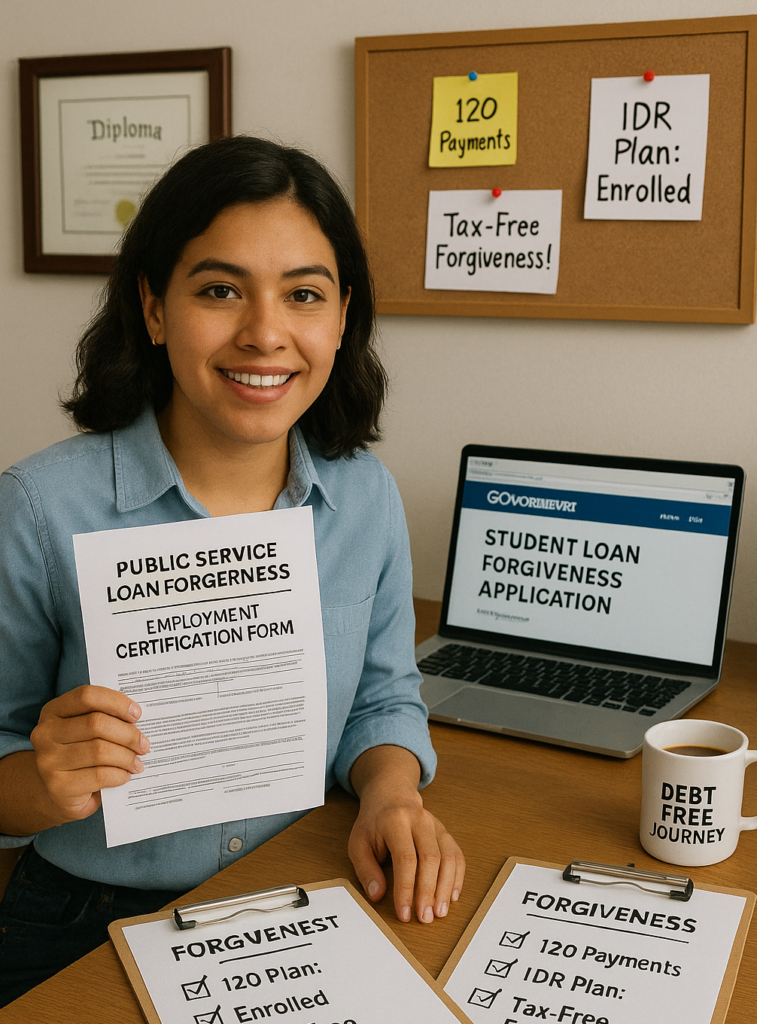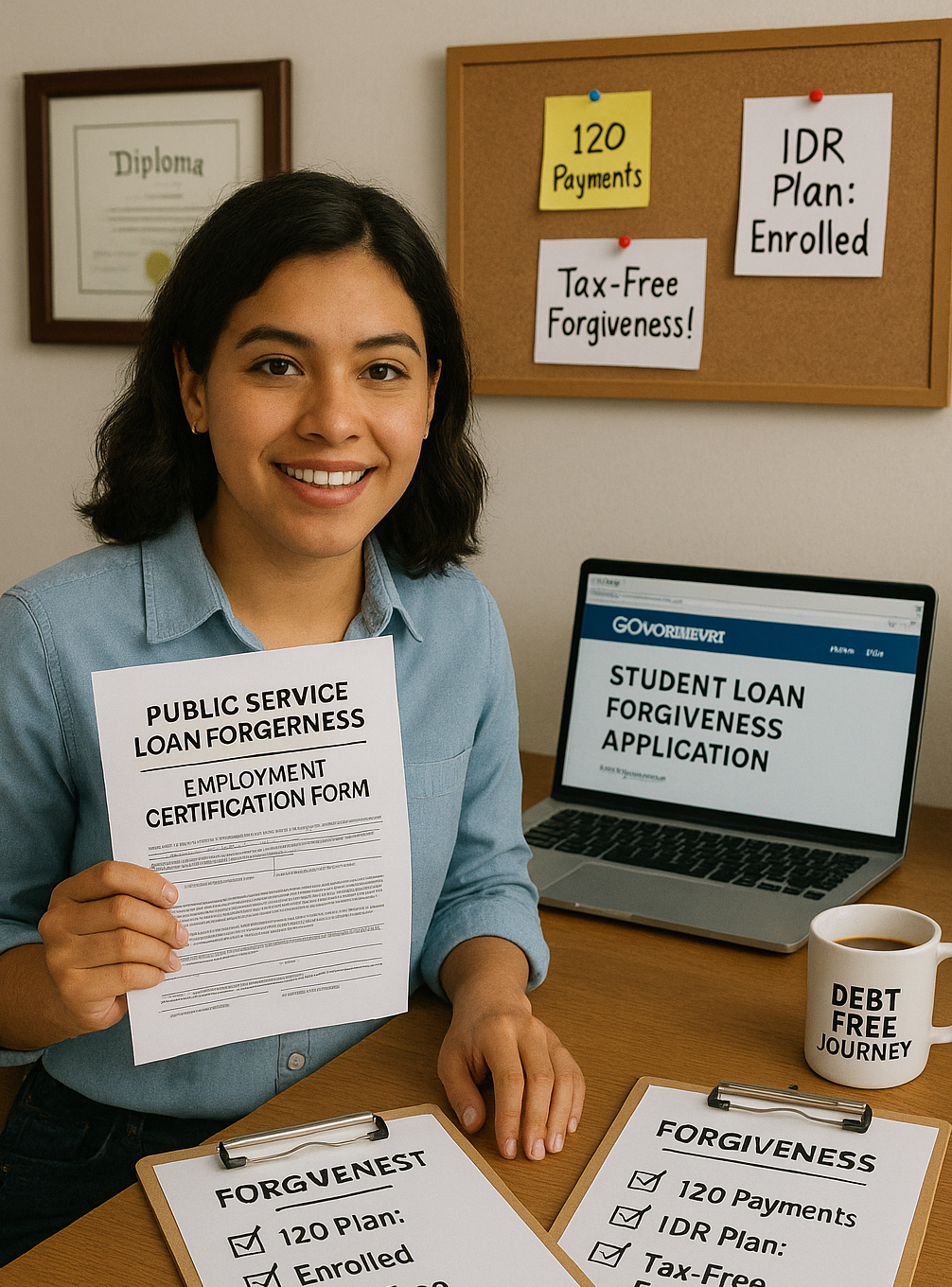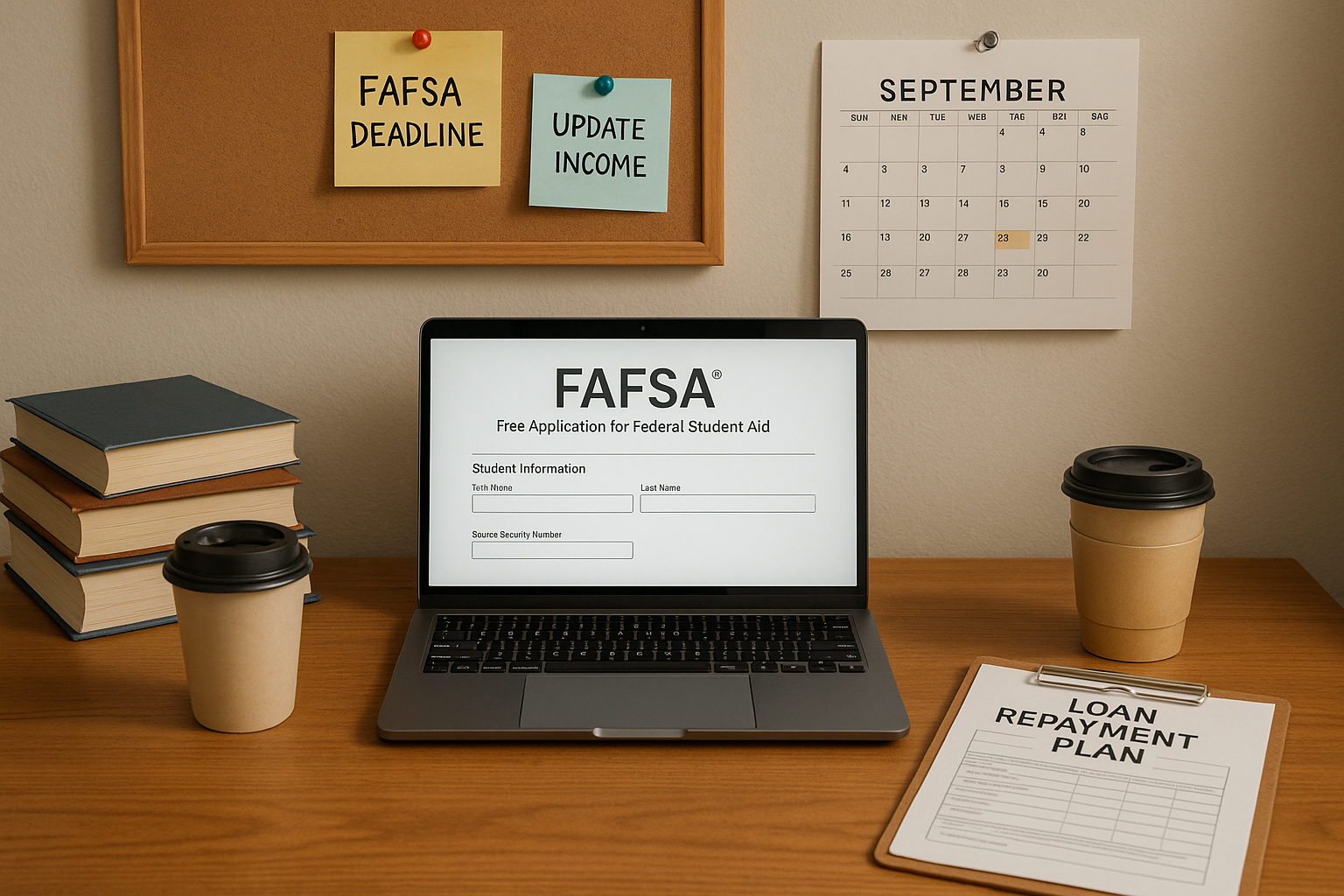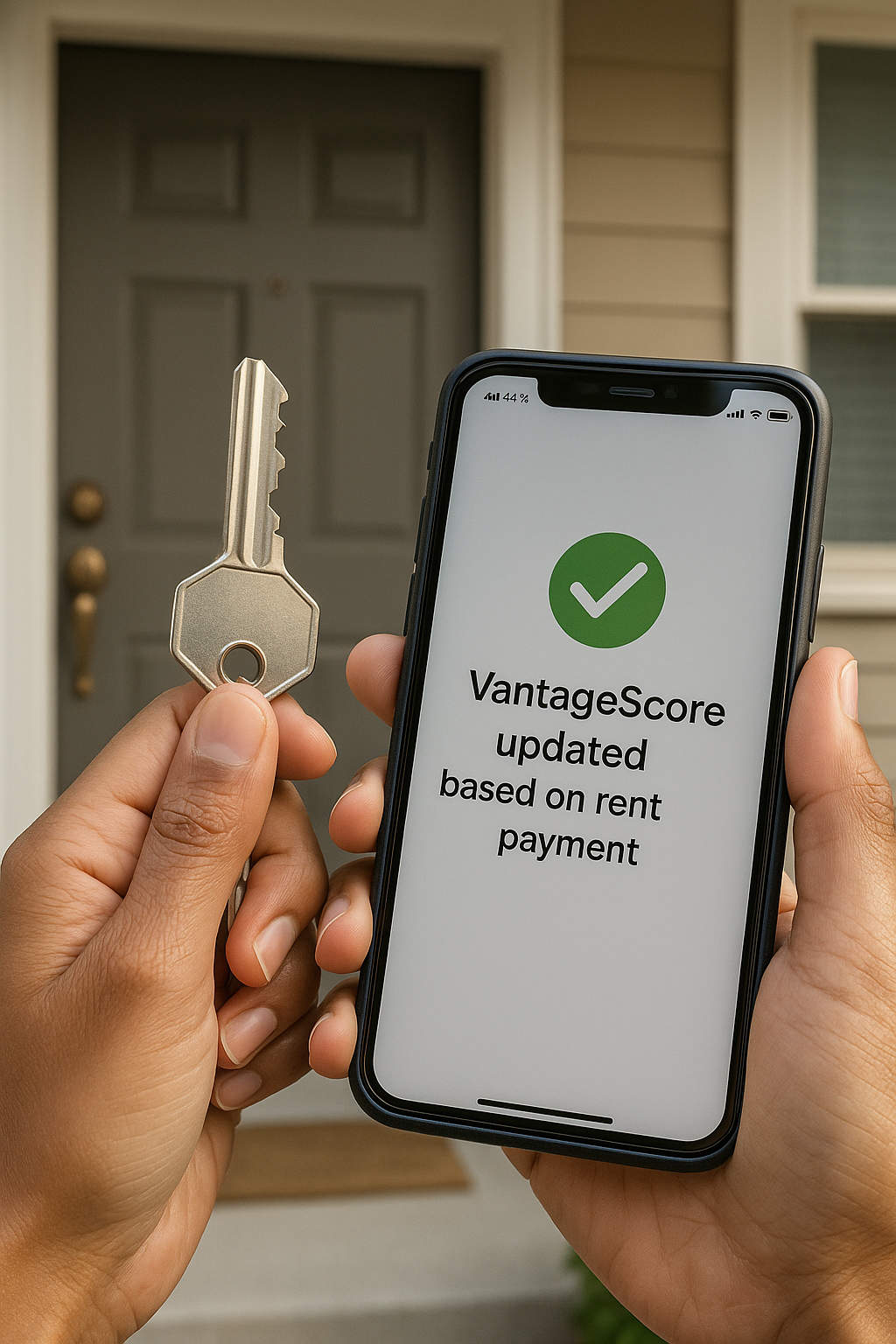
Welcome, familia!
Starting a career and building a secure financial future in the U.S. is an exciting journey, but for many of us, it comes with the heavy backpack of student debt. For young Latinos, this weight can sometimes feel heavier. In fact, Black and Hispanic bachelor’s degree completers are more likely to owe a greater percentage of their original loan amount four years after graduation compared to their White and Asian peers, underscoring the specific challenges faced by minority communities in achieving debt relief (Source: National Center for Education Statistics. “Fast Facts: Student debt”).
We’re ambitious, we’re committed to our careers, and we deserve every tool available to lighten this load. Federal student debt forgiveness programs are crucial resources that can help us move from managing debt to building wealth.
Here’s our breakdown of the key programs, who qualifies, and how we can take advantage of them.
Federal Student Debt Forgiveness Programs: Your Options
These federal programs are designed to reward service and provide a pathway to debt relief for eligible loans (primarily federal Direct Loans).
1. Public Service Loan Forgiveness (PSLF)
This program is a game-changer for anyone working in the public sector or for a non-profit organization.
- Who Qualifies? Full-time employees of U.S. federal, state, local, or tribal government organizations, as well as not-for-profit organizations that are tax-exempt under Section 501(c)(3).
- The Key Requirement: You must make 120 qualifying monthly payments (10 years of payments) while employed full-time by a qualifying employer, and these payments must be made under a qualifying Income-Driven Repayment (IDR) plan.
- The Benefit: After meeting the 120-payment requirement, the entire remaining balance of your Direct Loans is forgiven tax-free.
2. Teacher Loan Forgiveness (TLF)
Dedicated to those who commit to teaching in high-need areas.
- Who Qualifies? Full-time teachers who work for five complete and consecutive academic years in a low-income school or educational service agency.
- The Benefit: Depending on the subject taught:
- Teachers in mathematics, science, or special education may be eligible for up to $17,500 in loan forgiveness.
- Most other eligible teachers can receive up to $5,000 in forgiveness.
3. Income-Driven Repayment (IDR) Forgiveness
IDR plans are designed to make your monthly loan payments affordable by capping them based on your income and family size.
- How it Works: All federal IDR plans (including the popular SAVE Plan) provide for loan forgiveness after a certain period of payments.
- The Key Requirement: After 20 to 25 years of qualifying payments (the exact time depends on the specific IDR plan and when you took out the loans), any remaining loan balance is forgiven. The rules around whether this forgiven amount is taxable are complex and sometimes change, so always check the latest guidance from the Department of Education.
Your Action Plan: Qualify and Apply
We can’t simply wait for these programs to find us; we need to actively manage the process. Here are the essential steps to take:
| Step | Action Item | Pro-Tip for Nuestra Comunidad |
| 1. Consolidate & Verify | Ensure all your federal loans are Direct Loans. If you have older federal loans (like FFEL Program loans), you may need to consolidate them into a Direct Consolidation Loan to qualify for PSLF and many IDR plans. | Don’t assume your loans qualify. Use the Federal Student Aid website to check your loan types and consolidate immediately if necessary. |
| 2. Choose the Right Plan | For PSLF, you must be on an Income-Driven Repayment (IDR) plan. For TLF, a Standard or Graduated Repayment Plan is usually required during the five years of service. | Calculate your payment options under various IDR plans. The one that results in the lowest payment is often the best choice for maximizing forgiveness under PSLF. |
| 3. Certify Your Employment | PSLF requires you to submit an Employment Certification Form annually or whenever you change jobs. This tracks your progress toward the 120 payments. | Do this every year! Waiting until you think you’ve made 120 payments risks finding out your job or payments didn’t qualify. Regular certification keeps your progress official. |
| 4. Maintain Records | Keep copies of all signed forms, payment confirmations, and employment verification letters. | Use a digital folder or cloud service to back up all communication with your loan servicer and employer. Better safe than sorry. |
| 5. Apply for Forgiveness | Once you believe you have met all requirements (e.g., 120 certified payments for PSLF or five consecutive years for TLF), submit the final application. | The application process can take time. Submit your forms as soon as you meet the final requirement and be ready to follow up. |
Moving Forward with Fuerza
Navigating student loan forgiveness programs requires diligence, but the potential payoff (tens of thousands of dollars in debt relief) is transformative. For us, every dollar freed from debt is a dollar that can be invested in our homes, our businesses, and our families.
We are a community that drives economic growth; let’s make sure that growth includes our personal financial freedom. Take action today to understand your loans, choose the right path, and move closer to a debt-free future. ¡Adelante!
👉 Ask Gabi anything, anytime.
Stay tuned! We got you!







